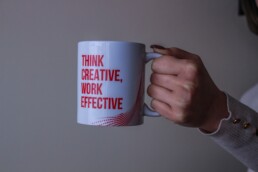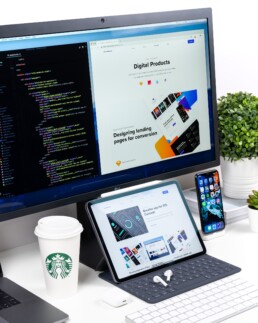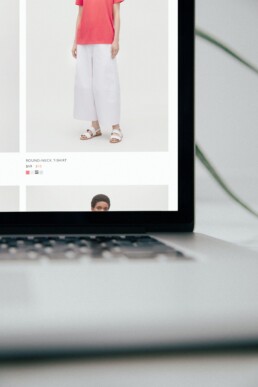Insights
UX
User Experience (UX) is a multidimensional concept that encompasses various aspects of a user's interaction with a product or system. It goes beyond just the functionality and usability of the interface and focuses on the emotional, cognitive, and practical aspects of the user's experience. UX aims to create a positive and meaningful interaction that satisfies the user's needs and exceeds their expectations.
The emotional aspect of UX considers how a product or system evokes certain feelings and emotions in users. It involves designing interfaces that elicit positive emotions, such as joy, trust, and satisfaction, while minimizing negative emotions, such as frustration or confusion. By understanding the target users and their emotional triggers, designers can create experiences that resonate with them and establish a strong emotional connection.
The cognitive aspect of UX focuses on the mental processes and cognitive load involved in using a product or system. It involves designing interfaces that are easy to understand, navigate, and interact with, reducing cognitive effort and maximizing efficiency. This includes organizing information in a logical manner, using clear and concise language, and providing intuitive navigation and interaction patterns. By reducing cognitive load and providing a seamless experience, UX enables users to accomplish their tasks effectively and enhances their overall satisfaction.
In conclusion, User Experience (UX) encompasses the holistic understanding and optimization of the overall user interaction with a product or system. It takes into account the emotional, cognitive, and practical aspects of the user's experience to create seamless, engaging, and meaningful interactions. By focusing on UX, organizations can enhance user satisfaction, build strong brand loyalty, and drive the success of their products or systems in the market.
Our published articles are dedicated to the design and the language of design. VERSIONS focuses on elaborating and consolidating information about design as a discipline in various forms. With historical theories, modern tools and available data — we study, analyze, examine and iterate on visual communication language, with a goal to document and contribute to industry advancements and individual innovation. With the available information, you can conclude practical sequences of action that may inspire you to practice design disciplines in current digital and print ecosystems with version-focused methodologies that promote iterative innovations.









